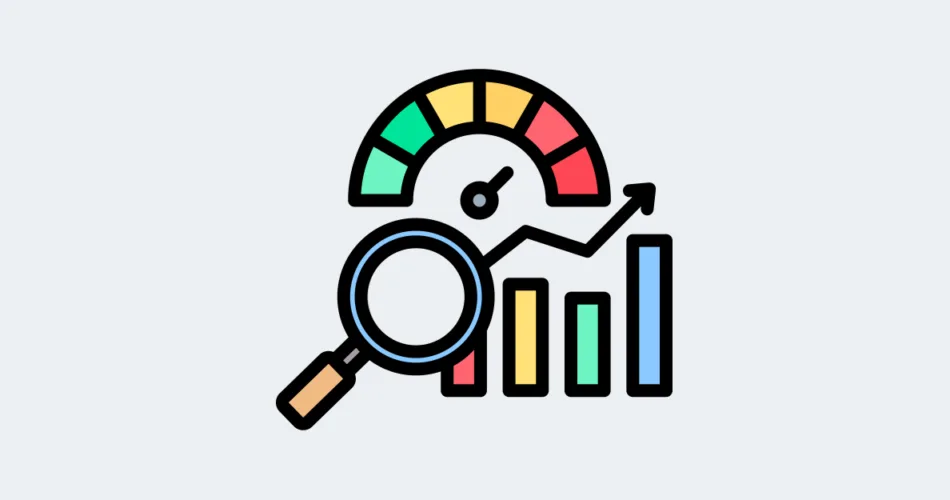Scalability and performance are critical aspects of any software application. Monitoring these factors ensures that your system can handle increased workloads while maintaining optimal performance. In this blog post, we will explore the importance of scalability and performance monitoring and discuss techniques to achieve it effectively.
Monitoring System Scalability and Resource Usage
Scalability monitoring is essential to understand how your system behaves under different loads and to identify potential bottlenecks. Here are key strategies for monitoring system scalability and resource usage:
- Resource Metrics: Monitor CPU, memory, disk, and network utilization to ensure that resources are not overutilized or underutilized. Tools like Prometheus and Grafana can help in collecting and visualizing these metrics.
- Load Testing: Conduct load tests to simulate various traffic scenarios and measure system performance under stress. Tools like Apache JMeter or Gatling can help automate load tests.
- Horizontal Scaling: Monitor the auto-scaling of your infrastructure to handle increased demand. Cloud providers offer services like AWS Auto Scaling and Kubernetes Horizontal Pod Autoscaling for this purpose.
- Response Time Analysis: Analyze response times for critical operations to ensure they remain within acceptable limits. Long response times may indicate performance issues.
Profiling Application Performance
Profiling is essential for gaining insights into your application’s performance characteristics and identifying areas for improvement. Here are some techniques for profiling application performance:
- Code Profiling: Use profiling tools like YourKit, VisualVM, or Java Mission Control to analyze the execution of your code. Identify slow methods or bottlenecks and optimize them.
- Database Profiling: Profile database queries to detect slow queries or inefficient database access patterns. Tools like Hibernate Profiler or database-specific profilers can help.
- Memory Profiling: Detect memory leaks and excessive memory consumption using profilers like Java Memory Analyzer (MAT) or Java Flight Recorder (JFR).
- Application Performance Monitoring (APM): Utilize APM solutions like New Relic, AppDynamics, or Dynatrace to gain comprehensive insights into application performance, including transaction traces, error tracking, and real-user monitoring.
Regularly monitoring scalability and performance allows you to proactively address issues, optimize resource utilization, and ensure a seamless user experience. It is an ongoing process that evolves with your application’s growth. By following these monitoring practices, you can achieve a robust and high-performing system.
Subscribe to our email newsletter to get the latest posts delivered right to your email.


Comments